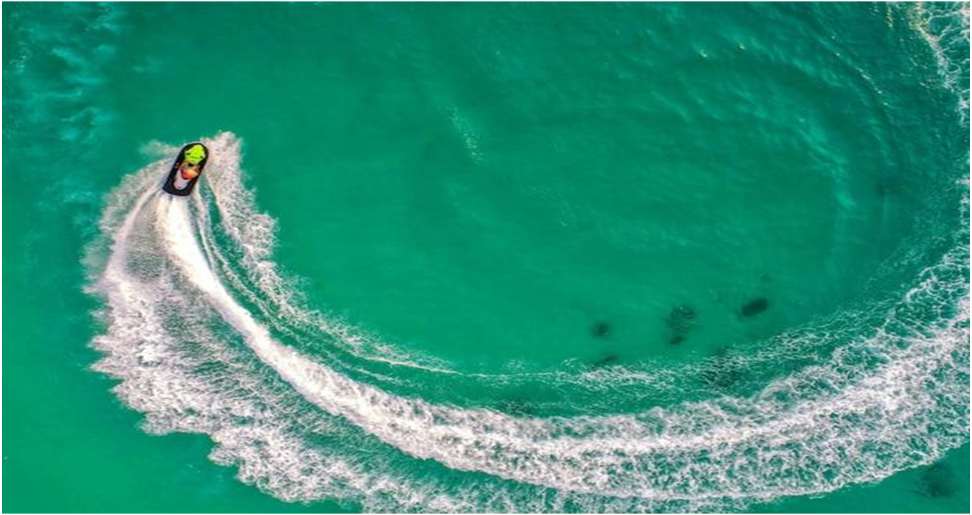Whether you own a speedboat, sailboat, Jet Ski, or other personal watercraft, keeping your vessel properly maintained is essential for safety and enjoyment on the water. Regular care and minor repairs can help prevent bigger problems down the line. Then, there is no other better option than toyota auto service providers. With summer in full swing, now is a perfect time to refresh your watercraft maintenance routine and get your watercraft in tip-top shape.
Check Fluids and Add as Needed
One of the most important aspects of watercraft care is ensuring proper fluid levels. Much like taking your car in for regular Toyota auto service checks, checking fluid levels is an easy way to keep your watercraft running smoothly. Some key fluids to check include the engine oil. Check the oil level with the dipstick and top off as needed. Be sure to use the type of oil recommended in your owner’s manual. Also check the coolant, which keeps your engine from overheating. Check the reservoir and only use fully-mixed coolant formulated for marine engines. For inboards and sterndrives, check the gear oil level regularly and change it yearly or as recommended.
Inspect Battery and Connections
A dead battery is one of the biggest frustrations that can ruin a fun day out on the water. Regularly inspecting your watercraft’s battery helps ensure you’ll be able to start up when needed. Check the charge level with a battery tester or multimeter – batteries should be fully charged before use. Also look for cracks or leaks in the battery case, as a damaged case can cause corrosion. Be sure to clean any corrosion off battery terminals and connections using a wire brush then recoat with dielectric grease, as loose or corroded connections don’t allow power to flow properly.
Check Fuel System Components
Nothing sours a fun day out on the water like fuel issues leaving you stranded. It’s important to regularly inspect fuel system components for signs of problems. Check fuel lines and hoses for cracks, leaks, or bulges indicating the need to replace old lines. Also, inspect the fuel filter for dirt buildup and replace it annually for good measure, as a clogged filter starves the engine of fuel. Make sure the fuel tank is clean and not rusted through, draining any accumulated water or sediment from the bottom.
Check Propeller Condition
The propeller is the component that translates engine power into forward motion. It’s important to inspect it regularly for potential issues. Look for nicks, dings, or pitch distortion in the propeller blades that can impact performance and efficiency. Also, inspect for excessive pitting that indicates the need for replacement sooner rather than later. Remove any fouling objects wrapped around the blades. Check the proper tightness of the prop nut to avoid vibration issues.
Perform Seasonal Maintenance Tasks
While regular fluid checks, inspections, and minor repairs keep your watercraft ship-shape all season, there are some valuable maintenance tasks to do in fall/winter when boats come out of the water. Drain and flush the freshwater system if equipped to avoid freezing and damage. Fog internal engine components with rust-preventative fluid before winterizing. Replace anodes, which act as sacrificial pieces to prevent electrolysis hull corrosion. Clean, wax, and buff the entire exterior to protect gelcoat/fiberglass from UV damage over winter. Check that zinc is still attached and replaced as the sacrificial corrosion protection for your engine.
Read Also:



qd3ga0
Your comment is awaiting moderation.